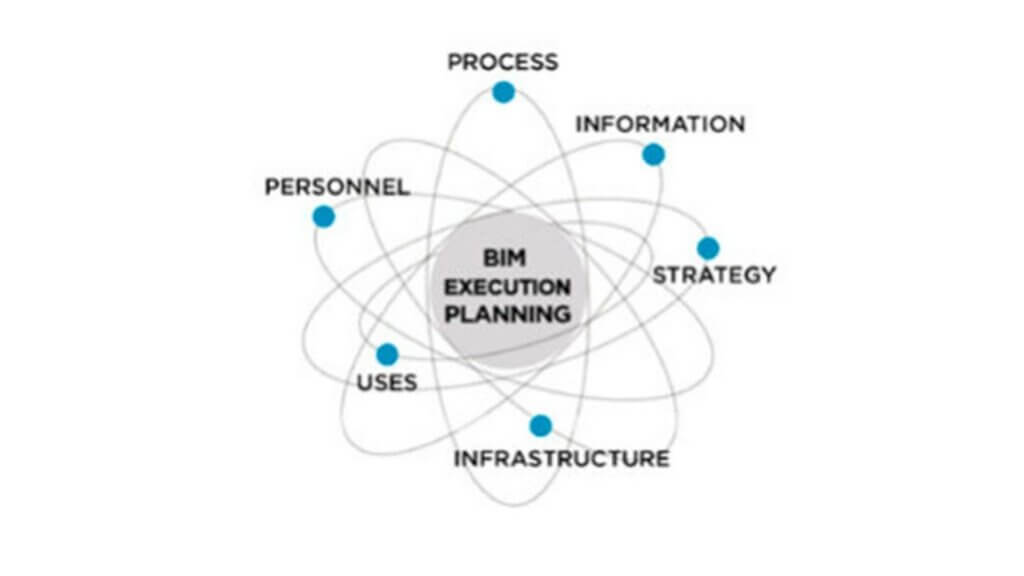
The BIM execution plan (BEP) is a document that specifies the precise modalities of collaboration for construction projects. It meets the expectations of the client (its objectives or BIM use cases) and oversees the procedures for information exchanges between its stakeholders. It can be used for tendering and appointment purposes or as part of a post-appointment agreement. It should cover what data is to be delivered and when, who is responsible for delivering it, how it will be structured, and how the project teams will work together. It may also contain other details, such as file formats and standards.
Developing a BEP can be time-consuming. However, it is well worth the effort as it can help ensure that the BIM delivery process runs smoothly. In addition, a BEP can also save money by eliminating the need for changes throughout the project cycle. These changes can be expensive and time-consuming to make. This will help ensure that the project stays on budget and on schedule.

Components of a BIM Execution Plan
A BIM Execution Plan, often abbreviated as BEP, is a comprehensive document that outlines the strategies, standards, and protocols for implementing Building Information Modeling on a construction project. It is a roadmap that guides all project stakeholders, from architects and engineers to contractors and facility managers, in leveraging BIM effectively to achieve project objectives.
Project Overview
- The BEP begins with an introduction and overview of the project, including its scope, goals, and key stakeholders.
BIM Goals and Objectives
- This section outlines the specific BIM-related goals and objectives that the project aims to achieve. It defines what success looks like in the context of BIM.
BIM Team Roles and Responsibilities
- The BEP identifies the individuals or teams responsible for various BIM-related tasks, such as modeling, clash detection, data management, and quality control.
BIM Standards and Protocols
- The document establishes the BIM standards, guidelines, and protocols that all project participants must adhere to. This includes naming conventions, file formats, and modeling best practices.
Data Exchange and Collaboration
- The BEP defines how data will be shared and exchanged among project stakeholders. It outlines the communication and collaboration processes, emphasizing the use of common data environments (CDEs) and collaboration platforms.
Level of Development (LOD) and Level of Information (LOI)
- This section specifies the Level of Development and Level of Information required for different project phases. It clarifies the detail and accuracy expected in BIM models at various stages of the project.
Software and Technology
- The BEP identifies the BIM software tools, applications, and technologies that will be used throughout the project. It ensures that all parties are working with compatible software and versions.
Clash Detection and Coordination
- It defines clash detection and resolution procedures, emphasizing the importance of interdisciplinary coordination to mitigate conflicts.
Quality Control and Assurance
- The BEP outlines the quality control processes and procedures to maintain the integrity and accuracy of the BIM models and data.